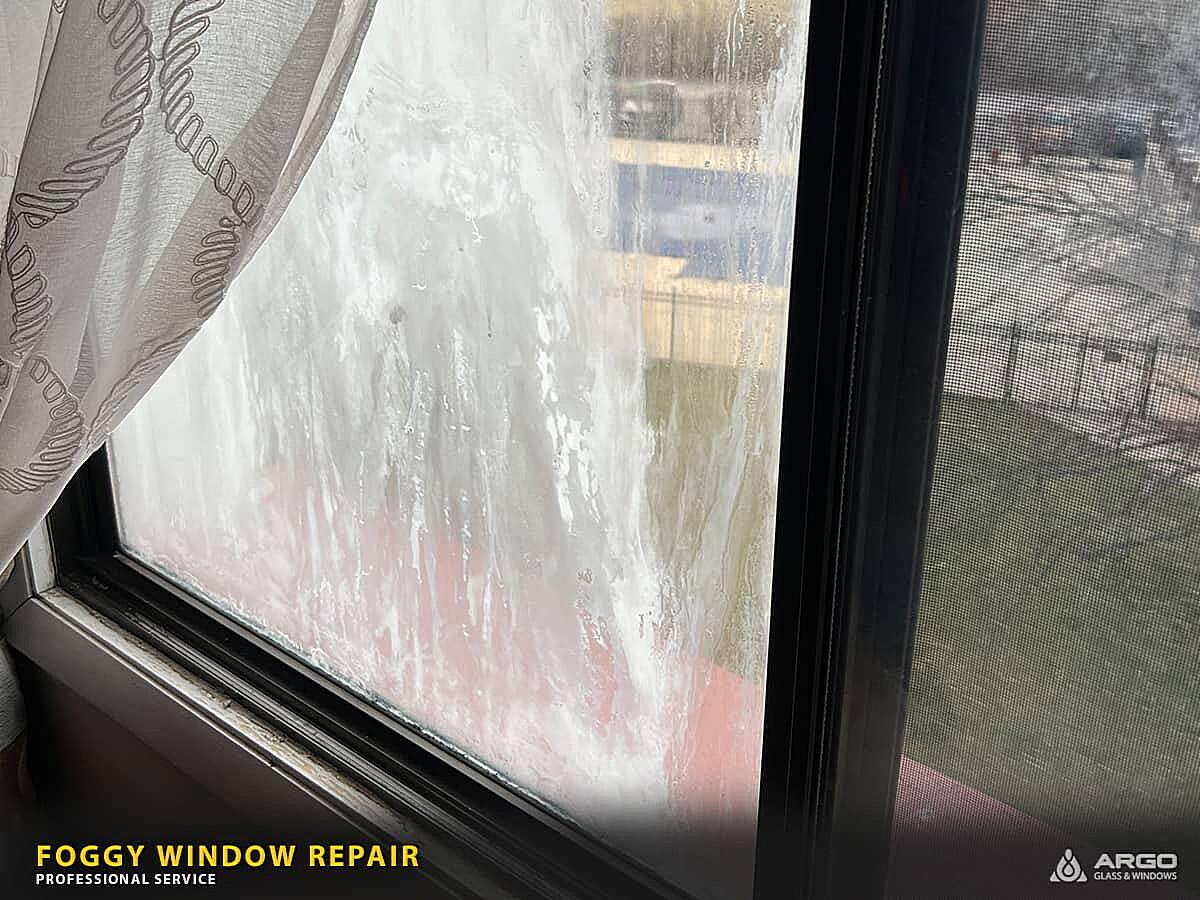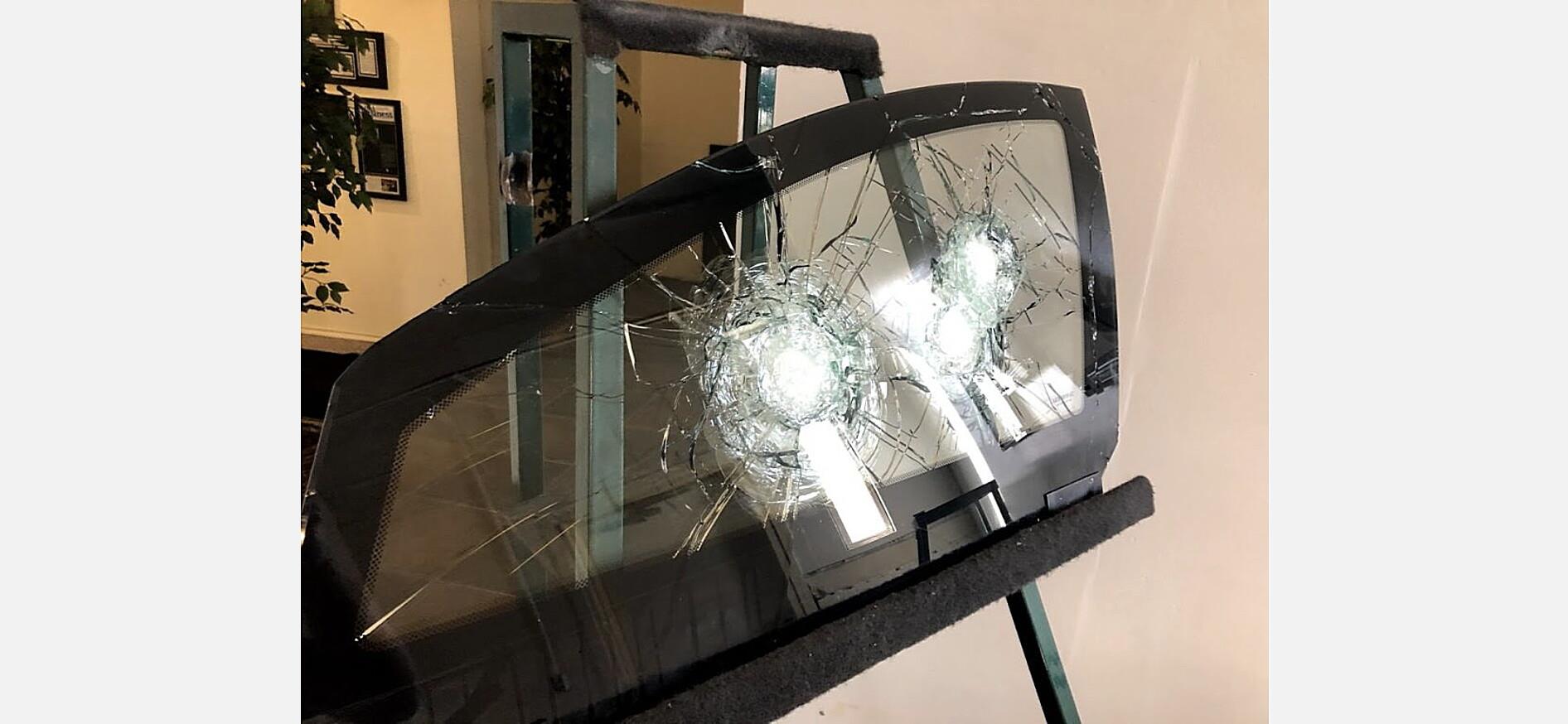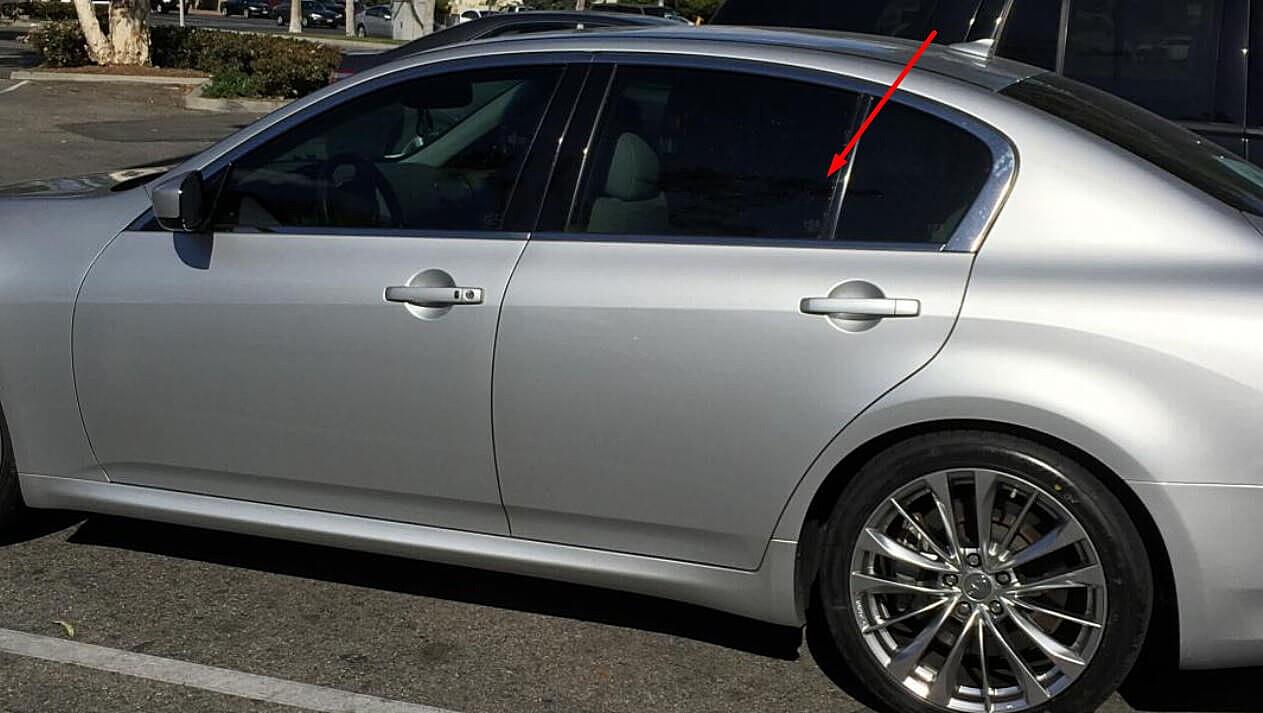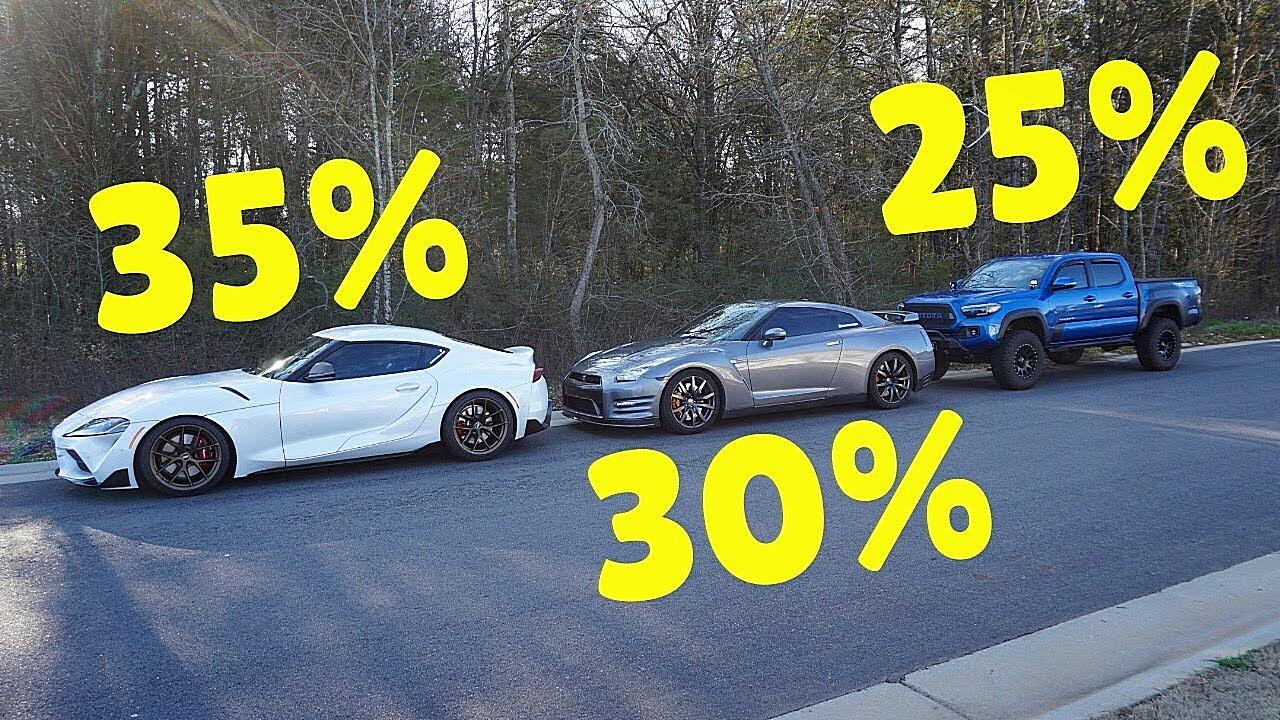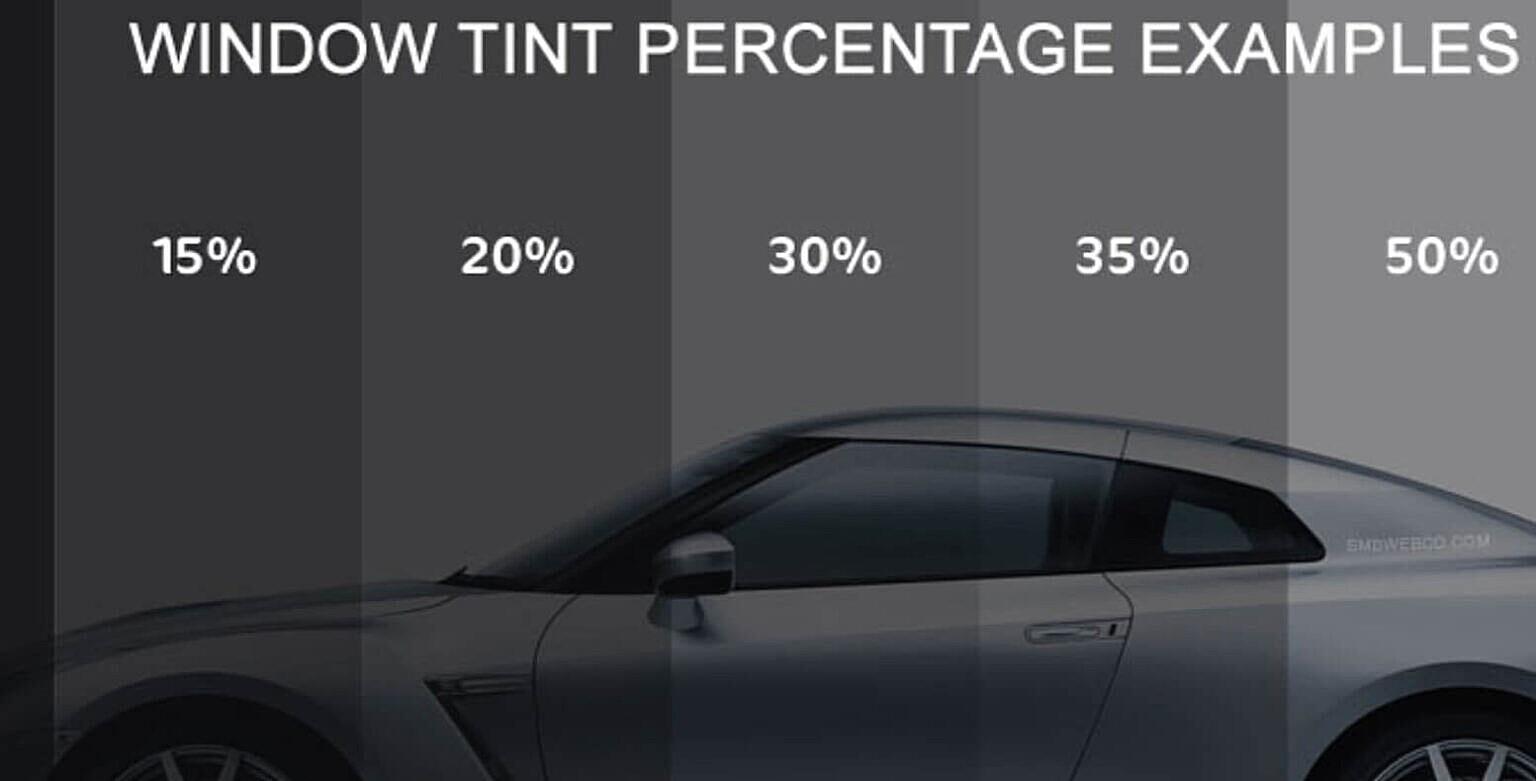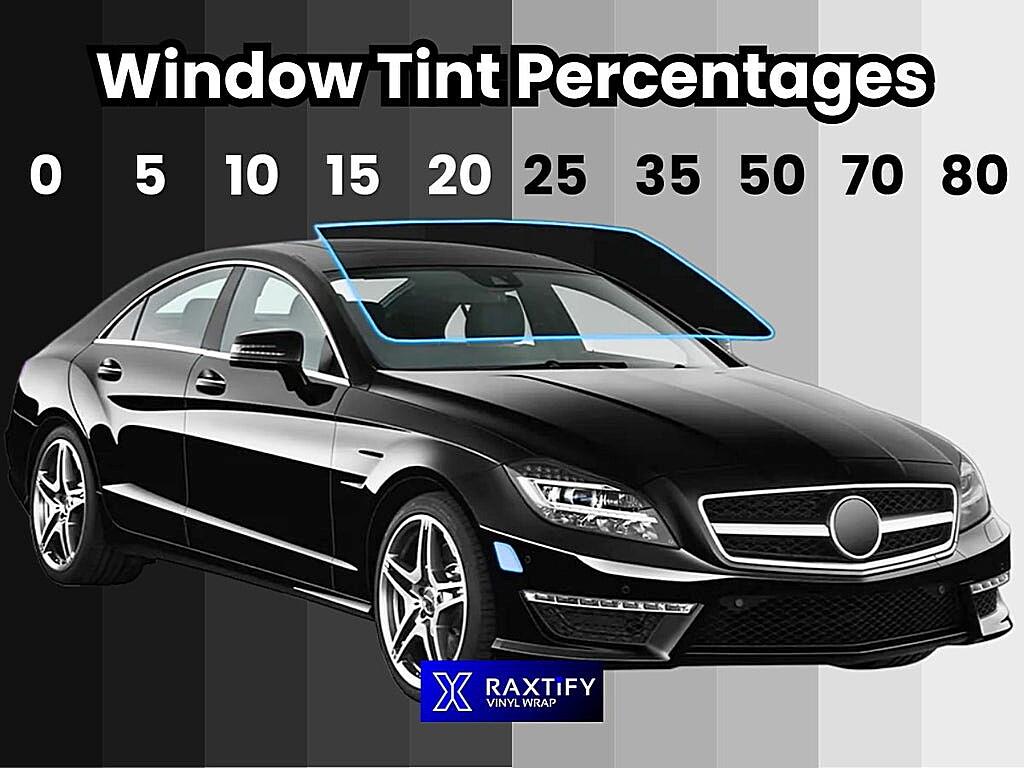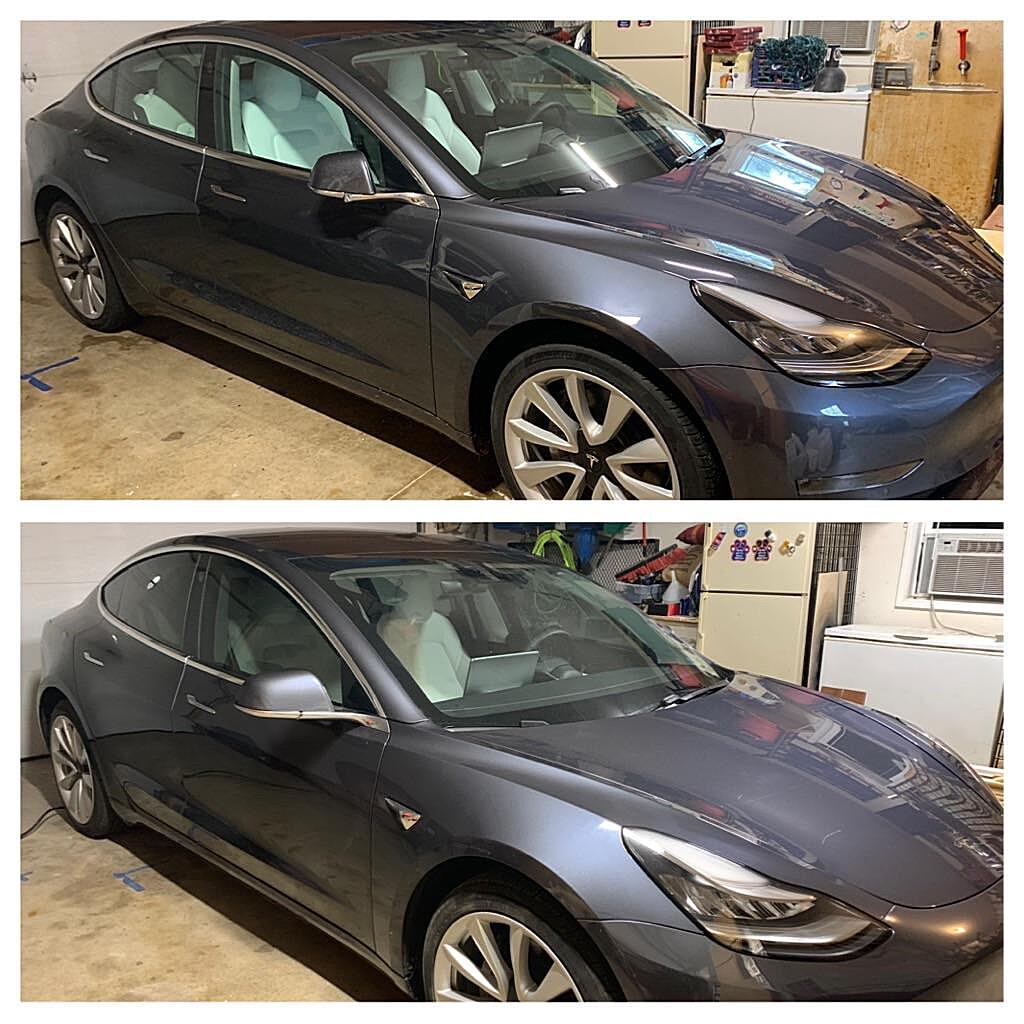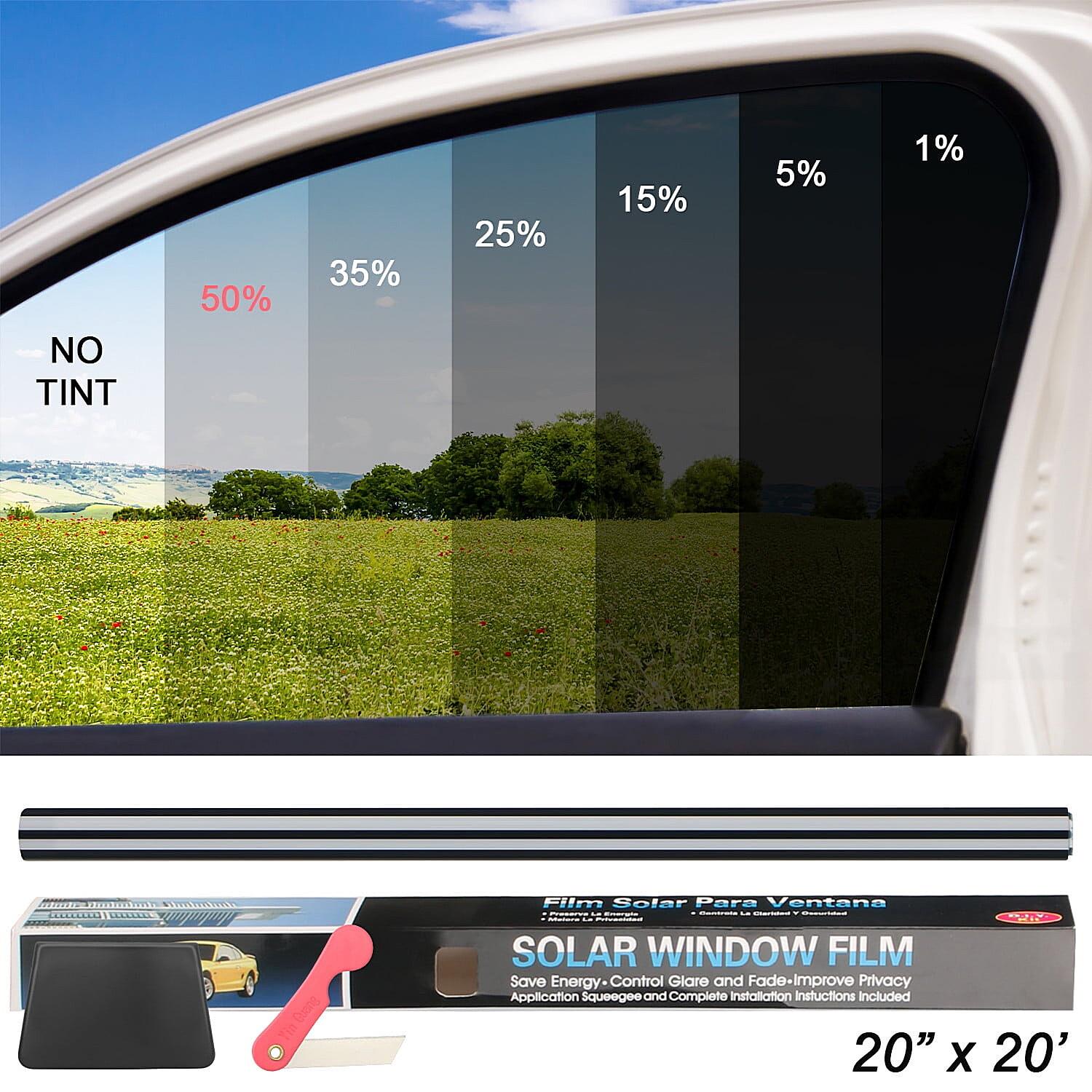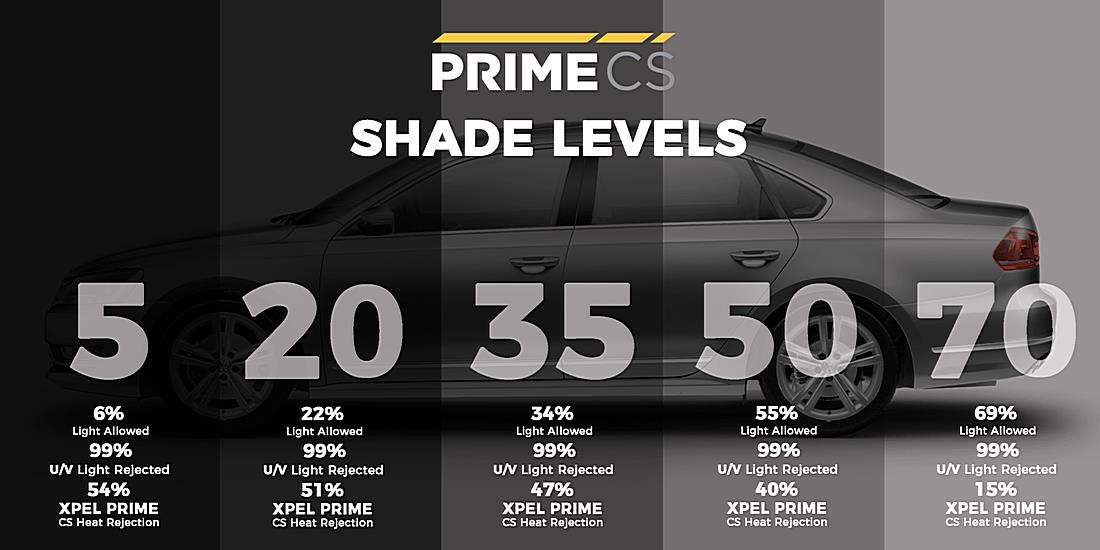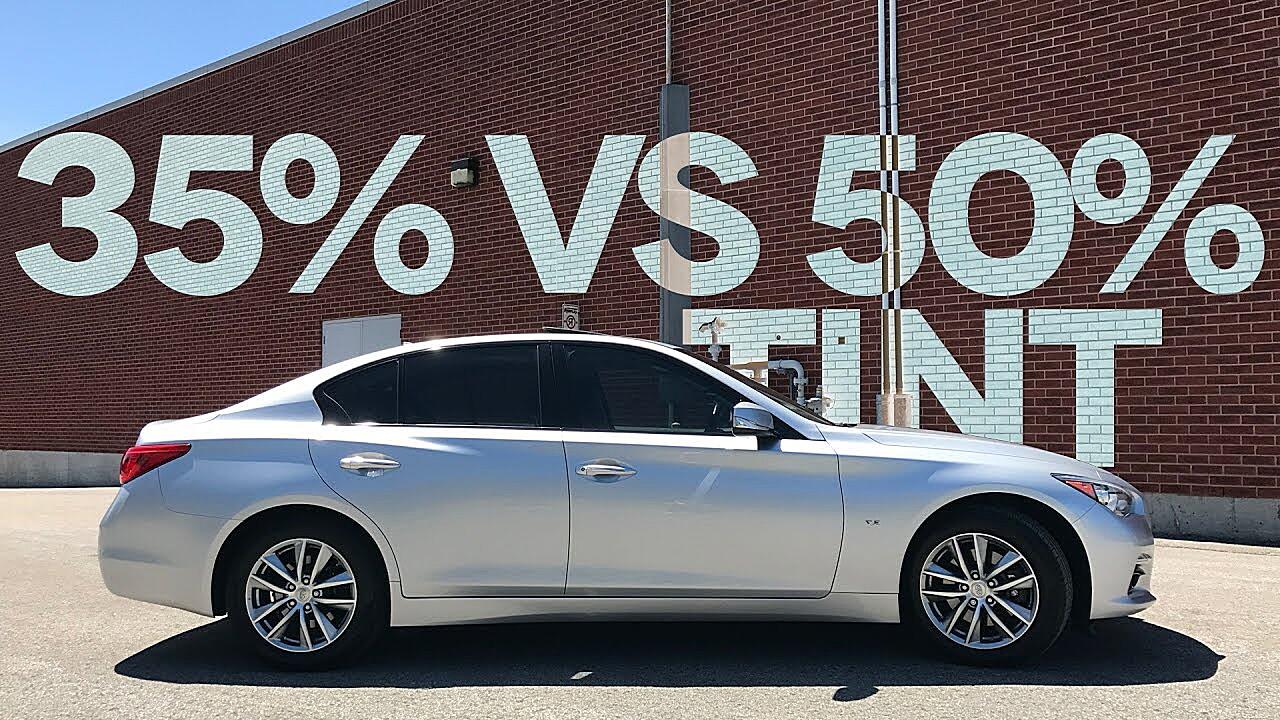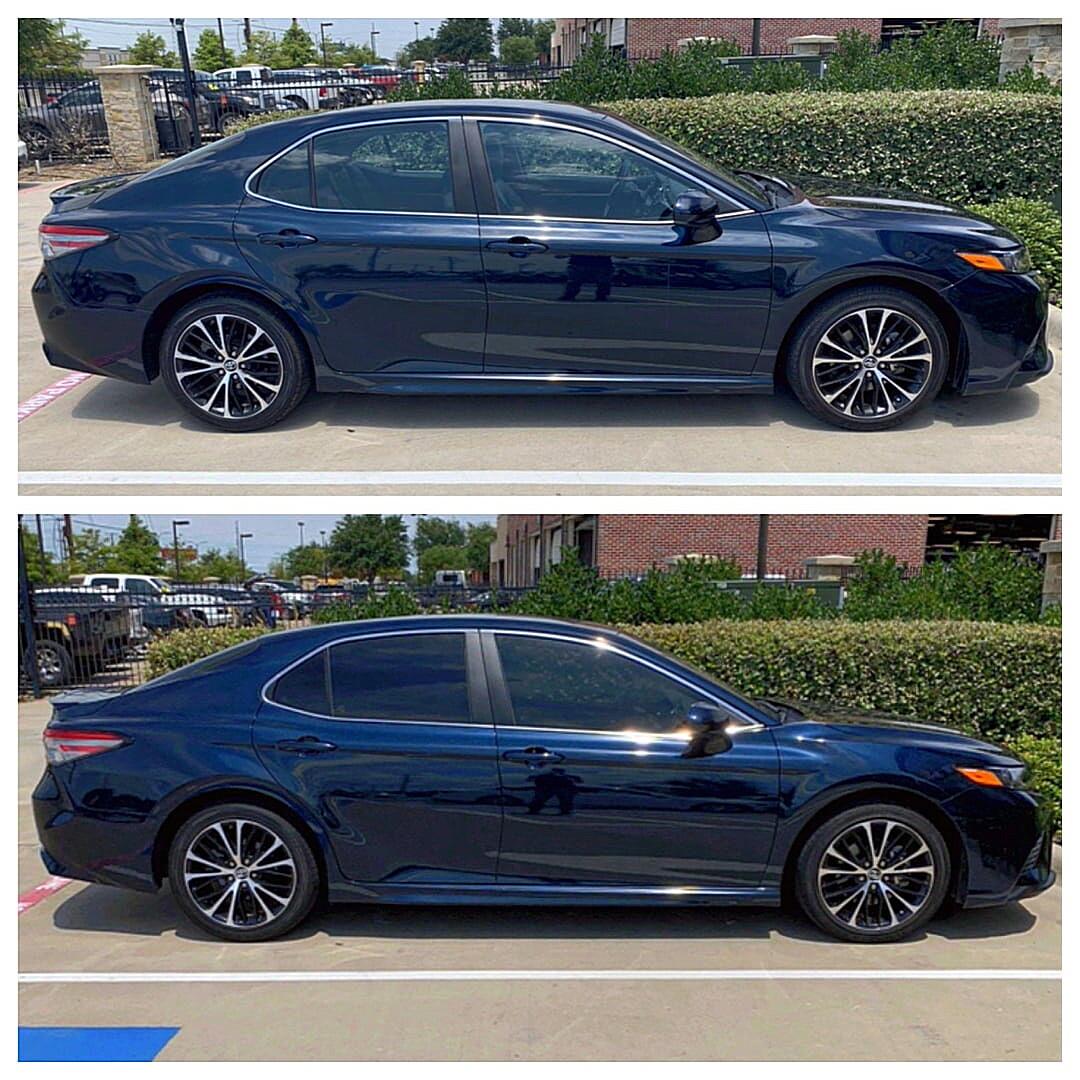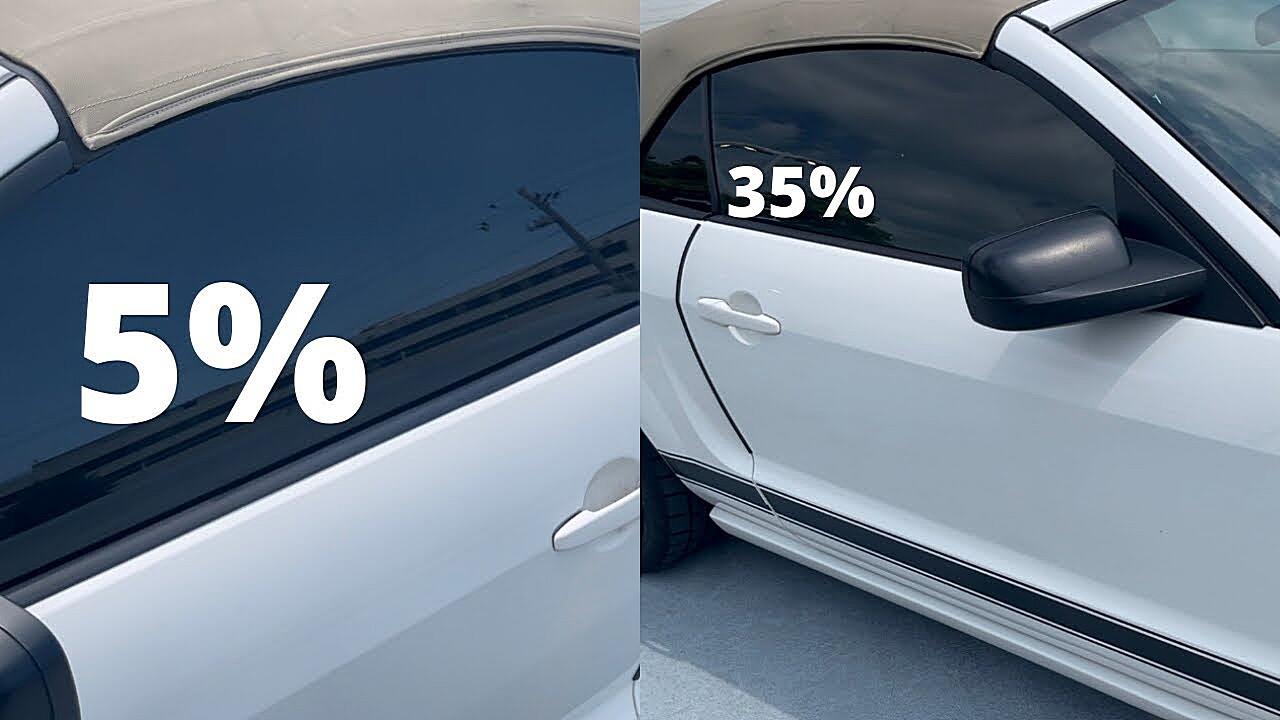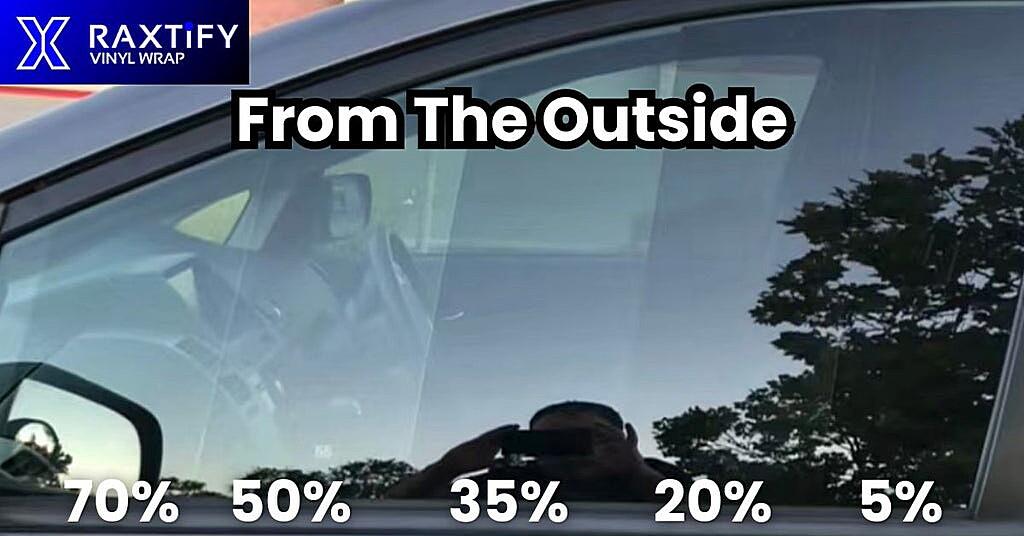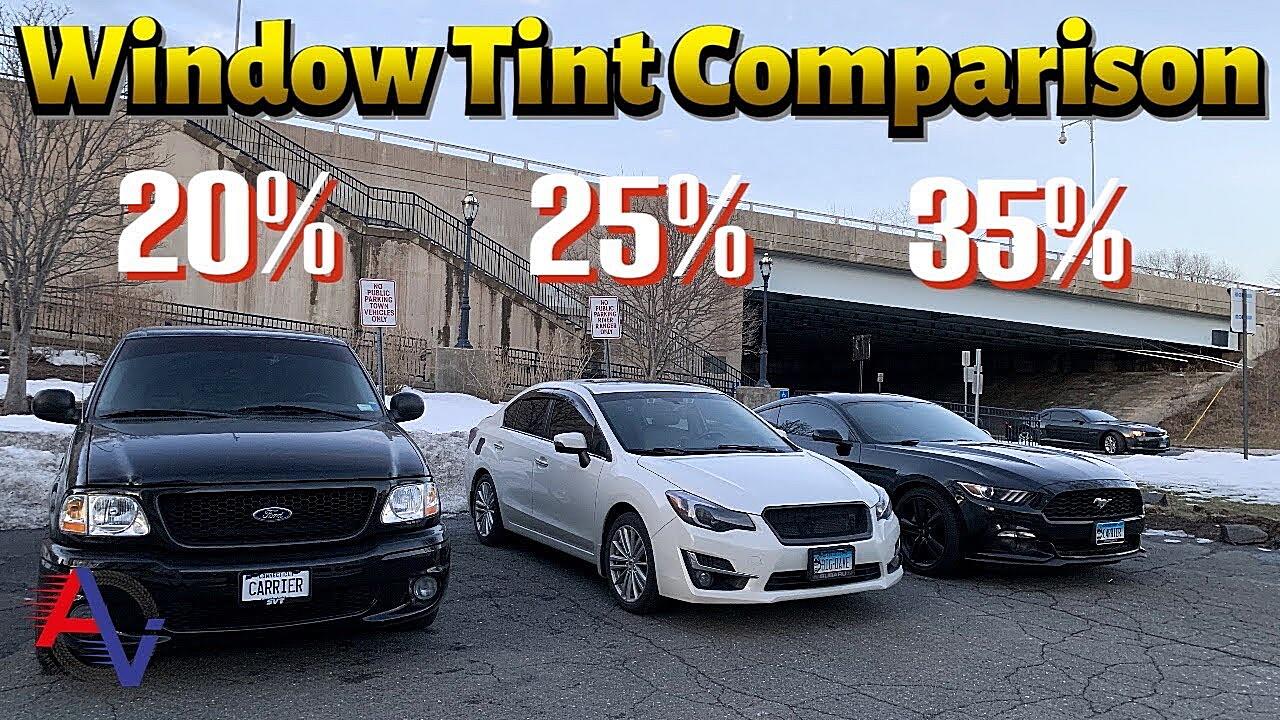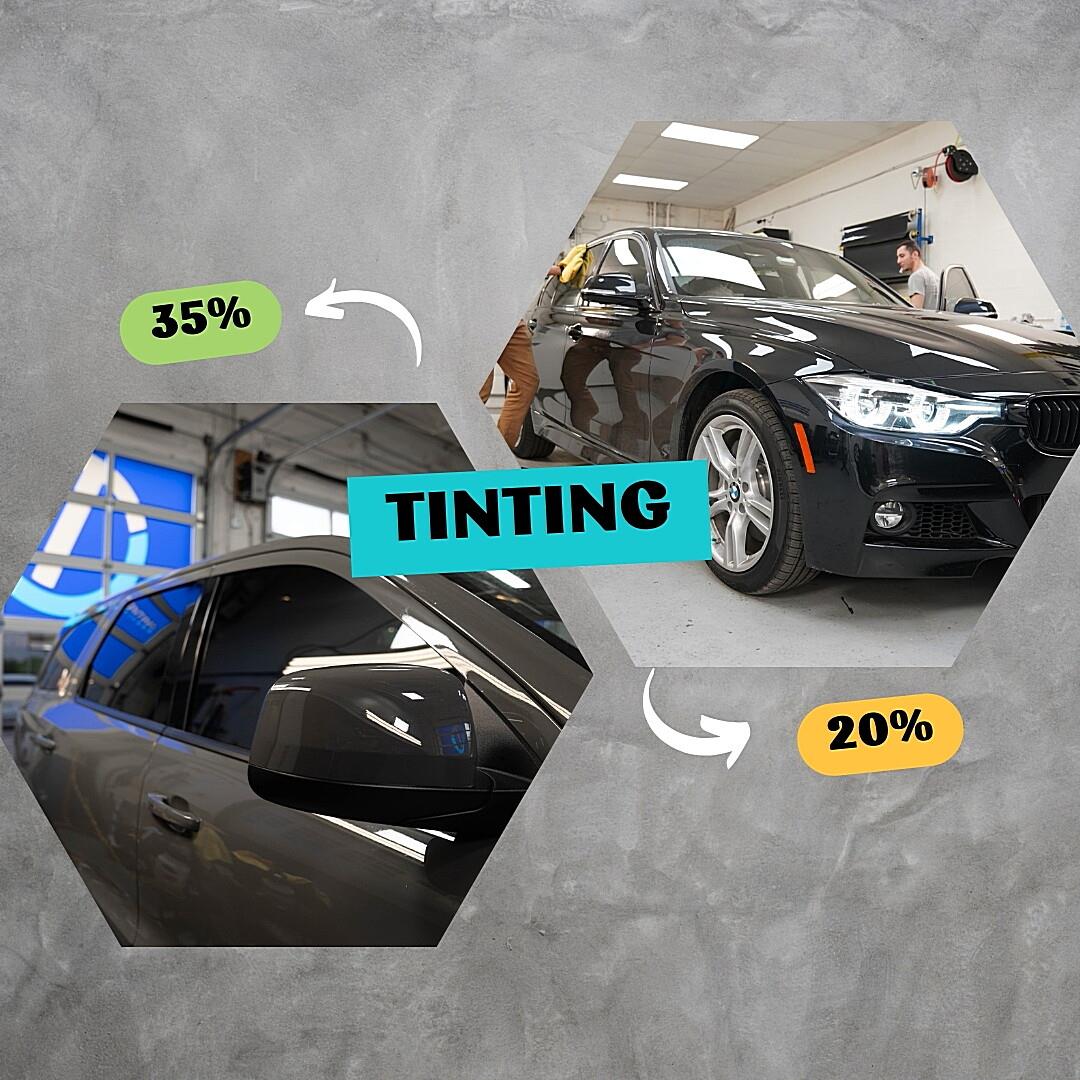You May Also Like :
Decoding Window Tint
1. Understanding the Basics of Window Tint
So, you’re diving into the world of window tinting, huh? Welcome to the club! It’s a world of percentages and light transmission, and it can feel like you’re trying to decipher a secret code. But fear not, because we’re here to break it down in plain English. The key thing to remember is that the percentage refers to how much light the tint lets through. Lower percentage means less light gets through, so it’s a darker tint.
Think of it like sunglasses for your car (or home, or office… wherever you’re planning to tint). The darker the lenses, the less sunlight reaches your eyes. Window tint works the same way. The percentage number indicates Visible Light Transmission (VLT). A 5% tint is limo-dark, letting in a tiny sliver of light, while a 70% tint is barely noticeable.
Why does this matter? Well, apart from looking cool (let’s be honest, it’s a major factor), window tinting offers a bunch of benefits. It reduces glare, protecting your eyes from the harsh sun. It can also block UV rays, preventing your interior from fading and protecting your skin. Plus, it helps regulate temperature, keeping your car cooler in the summer and warmer in the winter. Basically, it’s a win-win-win situation.
But before you rush out and get your windows tinted the darkest shade possible, there’s a crucial factor to consider: legality. Tint laws vary from state to state (and even sometimes by vehicle type), so you need to know what’s allowed in your area. Getting a tint that’s too dark can land you a ticket, which definitely defeats the purpose of looking cool. Check your local regulations before making any decisions!
25% Tint
2. Exploring the Depths of 25% Tint
Okay, let’s talk about the 25% tint. This is where things start to get noticeably dark. A 25% tint allows only 25% of visible light to pass through. This means it blocks out a significant amount of sunlight, offering excellent glare reduction and heat rejection. It’s a popular choice for people who want a good balance between privacy and visibility.
With a 25% tint, you’ll definitely notice a difference in the look of your vehicle. It gives it a sleek, almost mysterious vibe. People outside will have a harder time seeing inside, which can be a plus for security and privacy. Think of it as having a personal force field against unwanted attention.
However, there are a few things to keep in mind. A 25% tint might be too dark for some drivers, especially at night or in low-light conditions. It can reduce visibility, making it harder to see pedestrians, cyclists, or other vehicles. So, if you’re considering this shade, make sure you’re comfortable with the level of darkness and that it’s legal in your area for all the windows you plan to tint.
Also, remember that the appearance of the tint can vary depending on the color of your car and the interior. A darker car might make the tint look even darker, while a lighter interior might make it seem a bit lighter. It’s always a good idea to see examples of the tint on similar vehicles before making your final decision.
35% Tint
3. Analyzing the Middle Ground of 35% Tint
Now, let’s move on to the 35% tint. This is often considered the “sweet spot” for many drivers. It offers a good balance between style, privacy, and visibility. A 35% tint allows 35% of visible light to pass through, which is noticeably lighter than a 25% tint but still provides significant glare reduction and heat rejection.
One of the main advantages of a 35% tint is its versatility. It’s dark enough to provide privacy and reduce glare, but light enough to maintain good visibility in most driving conditions. This makes it a popular choice for daily drivers who want a subtle but noticeable upgrade to their vehicle’s appearance.
A 35% tint is also more likely to be legal in a wider range of states than a 25% tint. Many states have laws that allow for 35% tint on certain windows, while restricting darker tints to the rear windows. So, if you’re concerned about staying within the legal limits, a 35% tint might be a safer bet.
Ultimately, the choice between 25% and 35% tint comes down to personal preference and local regulations. Consider what you want to achieve with your tint (privacy, style, heat reduction) and weigh it against the potential impact on visibility and legality. And if you’re unsure, it’s always best to consult with a professional tint installer who can help you make the right decision.
So, Which Is Darker
4. Confirming the Darkness Difference
Alright, let’s settle this once and for all. “Is 25% or 35% tint darker?” The answer is unequivocally 25%. Remember, the percentage refers to the amount of light that passes through. A lower percentage means less light gets through, resulting in a darker tint. So, 25% tint allows less light to pass than 35% tint, making it the darker option.
It’s like comparing two cups of coffee. One has 25% milk (meaning it’s 75% coffee) and the other has 35% milk (making it 65% coffee). The one with less milk (25% milk) will be darker, and in this case, the 25% tint will be darker on your windows, too.
Hopefully, this explanation clears up any confusion. It’s a common misconception, and it’s easy to get the numbers mixed up. But now you know the truth. 25% tint is definitely the darker of the two.
With that knowledge in hand, you’re one step closer to making the right choice for your window tinting needs. Remember to consider your priorities, check local laws, and consult with a professional to ensure you get the perfect tint for your vehicle.
Making the Right Choice
5. Essential Considerations Before Tinting
Choosing between 25% and 35% window tint isn’t just about picking the darker option. It’s about finding the right balance for your specific needs and circumstances. Several factors come into play when making this decision, and it’s important to consider them all before committing to a particular shade.
Firstly, consider your driving habits. Do you frequently drive at night or in low-light conditions? If so, a 35% tint might be a better choice, as it offers better visibility in these situations. On the other hand, if you primarily drive during the day and want maximum glare reduction, a 25% tint might be more appealing.
Secondly, think about your personal preferences. Do you prioritize privacy above all else? Or are you more concerned about maintaining a clear view of the road? Your personal preferences will heavily influence your decision. If you like the almost-limo look, then the 25% is a good bet. If you want something more subtle, the 35% may suit you better.
Finally, don’t forget about the aesthetic aspect. Window tint can significantly enhance the look of your vehicle, and you want to choose a shade that complements its overall style. Consider the color of your car, its design, and your own personal taste when making your decision. Take a look at cars around the neighborhood or online with similar coloring as yours with the tints you’re considering.

